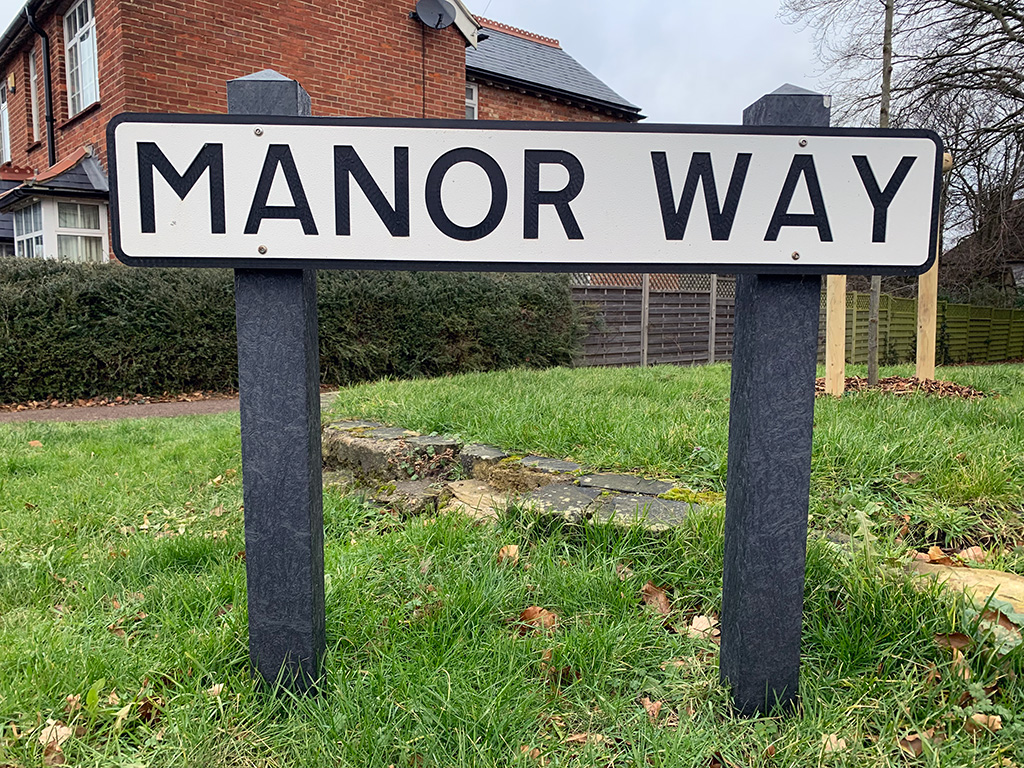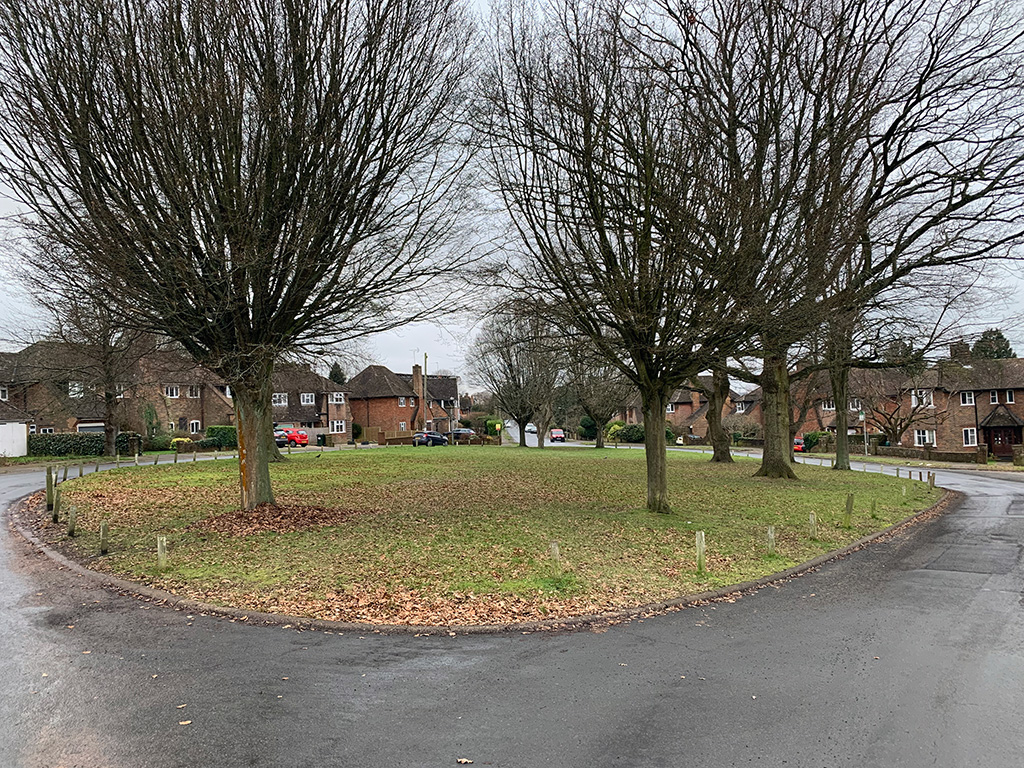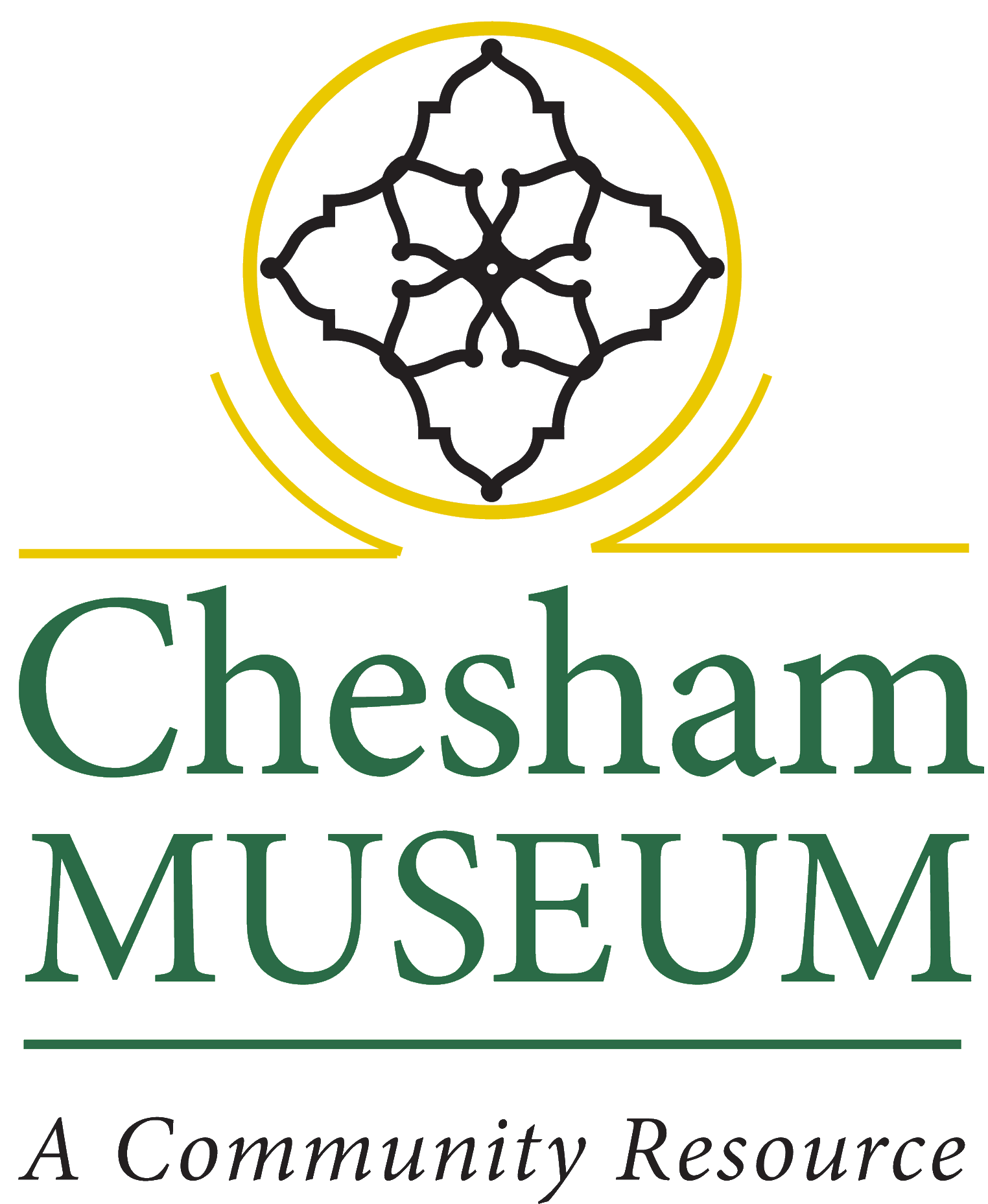Chesham’s Wartime Jewish refugees
During the war Chesham had many Jewish evacuees and refugees. This is the story…
Chesham, Amersham & District Refugee Fund
Especially after Kristallnacht in 1938, many Jewish refugees started coming to the UK. The Chesham, Amersham & District Refugee Fund was formed to help. They raised money and found accommodation in empty properties.
Number 2, Post Office Cottages in Ashley Green housed the Neufeld family. Number 4, Orchard Leigh Villas, in Orchard Leigh, housed the Gluecksmann, Roth, Schimunek families from Vienna; and the Kupfer brothers from Munich.
From 1939, Chesham Youth Hostel at Colwyn, 331 Chartridge Lane, housed the Jewish Angyalfi family, originally from Budapest, until April 1940, when they moved to Little Intaglio, Chartridge Lane.
Other refugees included Arthur & Marie Hellmer, and Solomon & Erna Levy at Midways in the Vale; Ludwig & Margarete Jaffe at the Crown Hotel in Chesham High Street; A. Thunberger at Wallingford House, Little Pednor; and the Goldberg family at the Rose & Crown, Hawridge.
Vera Penney was one of many Jewish children who came on a Kindertransport in 1939. She was from Czechoslovakia and later settled in Pednor, Chesham.
Evacuees
After war began in September 1939, many children and adults were evacuated from London. Anyone with a spare room had to take in an evacuee. In February 1941, it was reported that there were about 5,000 evacuees in the Chesham area, although many returned to London after the Blitz ended. Some evacuation was officially organised, but some people made their own arrangements.

Jewish Evacuees
Amongst the evacuees in Chesham were many Jewish families from north and east London. Hundreds of Jewish people came to live in the Chesham and Amersham area. Most were refugees from Germany, although some were from other countries especially Austria, Czechoslovakia and Hungary.
When they arrived in England, most spoke German. Many Jewish evacuees were billeted with non-Jewish families, who knew nothing about Jewish culture and kosher dietary rules. German and Austrian citizens were not allowed to have a wireless set, and they had to have a permit to have a bicycle, in case they were spies.
Other Jewish evacuees from London were British Jewish families, including the Franklin and Rothschild families, who were Jewish families with historic links to Bucks. Many were from London families, who had themselves been refugees when they escaped the pogroms in the Russian Empire in the late 1800s and early 1900s.
Friendships
Many friendships were made. Jewish people swapped non-kosher food rations with their gentile (non-Jewish) friends and neighbours, and asked them to do jobs for them on the Sabbath. Deirdre Britten (nee Lacey) who lived at 34, Eskdale Avenue, remembers the Ehrentreu family opposite, and the Gertler family next door at 32, Eskdale Avenue, and visited them when they returned to St Johns Wood in London after the war ended.
Latimer House
Some local German-speaking Jewish refugees worked for the Intelligence services at Latimer House, where they secretly listened to the conversations of unsuspecting high ranking German Prisoners of War.

Manor Way
The largest cluster of Jewish families in Chesham lived in Manor Way, between Hilltop and Eskdale Avenue. The street was named Manor Way in April 1937, and houses were built by Hilltop (Chesham) Estates Ltd.
The houses were built as detached individually-designed, three and four bedroom homes, with garages and central heating. The first 3 houses were completed in summer 1937. In 1938, an area of land was reserved for a large bomb-proof shelter, which in the event of war, would be big enough to take all the residents. Many Jews from London bought or rented them as they became available, and slowly a Jewish community arose.

In 1939, the Chesham Evacuation Committee arranged to take over new houses in Manor Way as they were built. Rabbi Sebastian Morton (known as “Sonnie”) Bloch worked with the billeting officer to allocate them to Jewish evacuees, often with extended or multiple families in each dwelling. The Jewish families housed in Manor Way lived at number:
1: Sterk family, from Prague in Czechoslovakia;
5: Nagy family, from Hungary;
10: Ullman, Wolff and Rosenfeld;
11: Wolchover, Eisemann, Frydman, Stein and Gertz;
13: Schwartzschild;
21: Ullmann, Wolff, Rosenfelder;
23: Baudisch;
25: Franklin;
26: Jung, Bloch and Plessner;
27: Schaffer and Winterman;
29: Reiss, Becker, Topol and Silverman;
31: Nathan & Eleanor Rothschild, with the Beyreuther and Bier families;
33: Passow;
41: Weinkoff and Hoch;
49: Vogler.
Chesham Synagogue
As the Jewish population in Manor Way grew, from 1940 they started to use one of the houses as an Orthodox synagogue, linked to the Orthodox Federation of Synagogues.
In January 1941, the Evacuation Committee asked them to move, because the house had been allocated for evacuees. So, from March 1941 Chesham Hebrew Congregation used the cricket pavilion as their synagogue.

A number of Orthodox rabbis lived in Chesham: Israel Julius Ehrentreu, lived in Eskdale Avenue, originally from Munich, was the rabbi for Chesham synagogue; helped by Rabbi Bernard Steinhaus; Ephraim Levy Gastwirth lived at 18 Blucher Street; Elias Dessler, originally from Lithuania, at 46 Townsend Road; and Rabbi Sonnie Bloch lived at 26 Manor Way for a time, before moving to Rosemont, Eskdale Avenue.
Letter of Thanks
At the end of the war most of the Jewish families moved back to London, although some stayed. On July 10, 1945, David Goldberg, who lived at 32 Chessmount Rise, wrote a letter of thanks to the people of Chesham, which was published by the local newspaper. He wrote:
…I feel I cannot leave Chesham without expressing our appreciation and gratitude to the people here who have helped us find refuge in their midst… We came to Chesham at a time of great distress; but retain now only happy memories of these years between. So, ‘Good-bye Chesham’, and on behalf of us all, ‘Thank you’
If you are connected to any of these families, we will be pleased to hear from you.
Conflict and its impact
As well as Jewish refugees, Chesham also gave sanctuary to an influx of refugees from Belgium, known as ‘Chesham’s Guests’. You can read their stories here.
Learn more about what life was like in Chesham during wartime by looking at our online collection.
Sources and acknowledgements
- Thanks to Diedre Britten and John Young for their memories of wartime Chesham.
- Memories of Jewish Chesham courtesy of John Sterk
- Thanks to those who shared their memories via the OurChesham page on Facebook
- A lot of factual information courtesy of the Bucks Examiner via www.britishnewspaperarchive.co.uk/
- Information about Chesham Youth Hostel courtesy of John Martin, YHA Archivist
- Information about the Angyalfi family courtesy of Rabbi Eli Brackman via email
- Information about Vera Penny from her friend Pamela Wills of Chesham
- Information about John and Margery Abrahams courtesy of Alison Bailey
- Information about Kindertransports from Czechoslovakia courtesy of Nicholas Winton of Maidenhaed
- Many names and addresses from the 1939 Register for Chesham via www.findmypast.co.uk
- With special thanks to Rebecca Webb of the Association of Jewish Refugees (AJR) for her help and interest.
Further reading
- Jewish Refugees from Germany and Austria in Britain 1933-1970 by Anthony Grenville
- The Rabbi in the Green Jacket: Memories of Jewish Buckinghamshire 1939-1945 by Vivien and Deborah Samson


